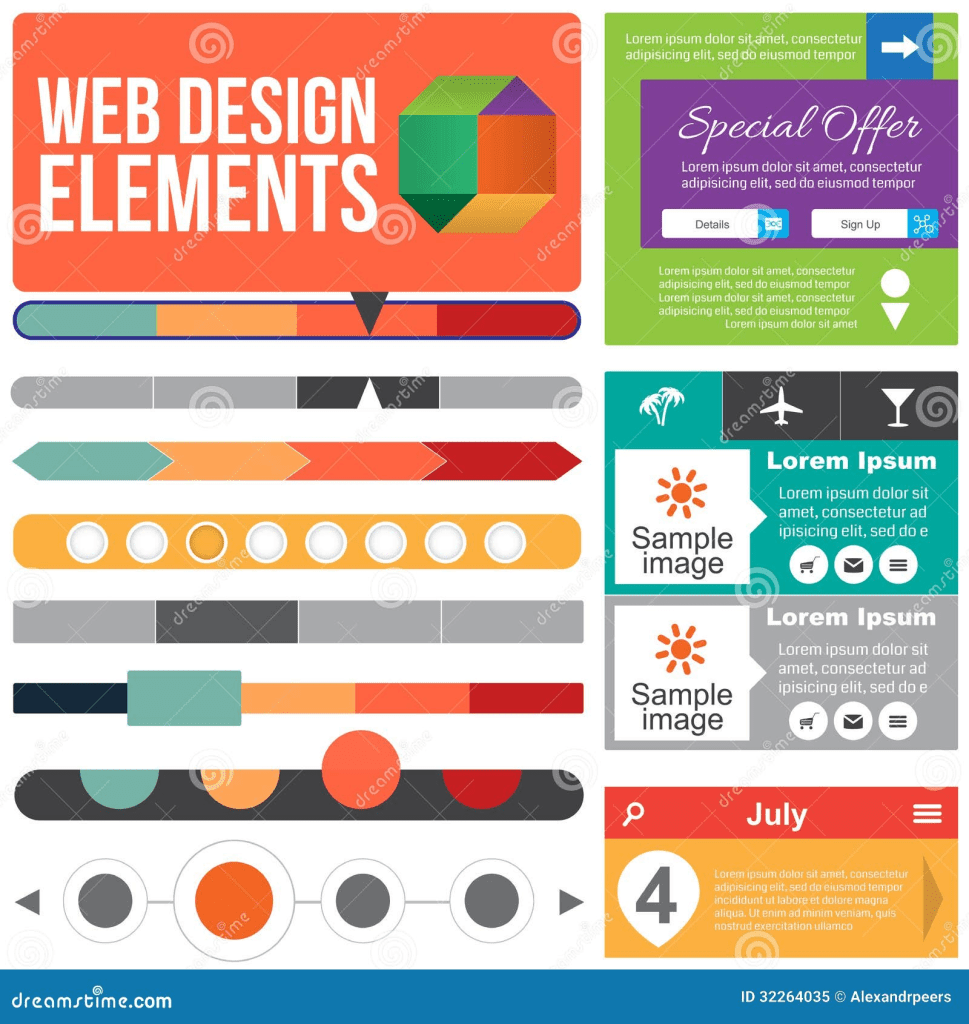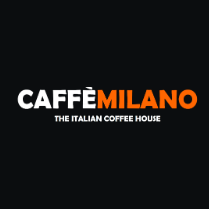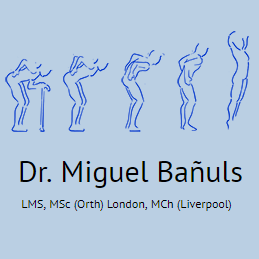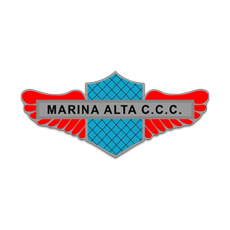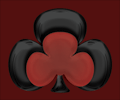Website design elements play a crucial role in determining how effectively a site serves its audience. From intuitive navigation to SEO-friendly structures, each component contributes to the overall user experience and can significantly impact conversion rates. By employing proven web design principles and best practices, designers can create visually appealing and functional websites that engage users and encourage them to return. Furthermore, as we continue to embrace responsive web design, it’s essential to prioritize user-centric design to cater to the preferences of an ever-growing mobile audience. In this exploration, we’ll delve into the top 10 web design elements that are vital for anyone looking to establish a successful online presence.
When discussing the key components of a website’s layout and functionality, one can refer to them as essential design features or critical interface characteristics. These fundamental aspects go beyond mere aesthetics; they embody foundational practices influencing user interaction and satisfaction. Utilizing effective navigational structures, responsive formats, and a strategic focus on user needs helps ensure that web pages provide seamless and engaging experiences. By understanding these core design attributes, web developers and business owners can better align their sites with contemporary expectations, enhancing both visibility and usability. Ultimately, mastering these design facets can drive traffic and foster lasting connections with users.
The Significance of Clear Navigation
Clear and intuitive navigation is fundamental for any successful website. It acts as a guide, allowing users to seamlessly traverse from one page to another without confusion. By implementing a structured menu system with clearly labeled categories such as ‘Home,’ ‘Services,’ and ‘Contact,’ designers can enhance the user experience. Consistency in the layout and placement of navigation elements further prevents users from feeling disoriented, enabling them to locate the information they seek with ease.
Moreover, the importance of navigation extends into retaining visitors. Studies show that users are more likely to stay on a site that makes it easy to find relevant content. A well-conceived navigation not only facilitates immediate access to key information but also significantly reduces bounce rates. By ensuring that users can navigate confidently and intuitively, websites can increase engagement and, ultimately, conversions.
Emphasizing Responsive Design
In today’s digital realm, having a responsive web design is non-negotiable. As internet usage continues to surge on mobile devices, websites that do not adapt to different screen sizes risk alienating over half of their potential audience. A responsive design ensures that your site maintains functionality and aesthetic appeal across various platforms, from smartphones to tablets to desktop computers. This responsiveness not only enhances user satisfaction but also supports higher engagement rates.
In 2025, a lack of responsive features will likely lead users to abandon websites in favor of those that provide seamless experiences. Designers must prioritize creating user-friendly interfaces that perform flawlessly on all devices, as this adaptability directly influences key metrics like bounce rates and user retention. By focusing on responsive design, businesses can stay competitive and deliver an inviting experience to all users, regardless of how they access the web.
Creating Visual Hierarchy
Visual hierarchy is a critical concept in web design that guides users through content effortlessly. By utilizing elements like size, color, and positioning, designers can influence what information captures the viewer’s attention first. An effective hierarchy may employ bold headings or striking contrasts between text and background to lead the eye naturally from prominent content to secondary items. This method not only improves the readability of the site but also helps in communicating the message clearly.
The impact of a strong visual hierarchy on user experience cannot be overstated. By breaking up content with effective UI elements, including strategic use of white space, designers can simplify complex information, making it more digestible for users. As a result, enhancing visual hierarchy often correlates with increased conversion rates, as clear guidance helps users navigate towards desired actions without feeling overwhelmed.
Importance of Consistent Branding
In a competitive digital landscape, establishing a unique identity is paramount, and consistent branding plays a crucial role in this endeavor. Your website should embody your brand’s voice, reflecting its values and aesthetic through color schemes, typography, and imagery. Consistency across all aspects of design generates a cohesive experience for users, reinforcing brand recognition and trust. As visitors encounter familiar elements, they begin to associate positive experiences with your brand more firmly.
Moreover, consistent branding aids in fostering professionalism and credibility. Particularly for small businesses, a well-branded website can significantly differentiate you from competitors. By delivering a unified visual and narrative identity, brands can create lasting impressions that encourage loyalty and repeat visits. Overall, commitment to branding consistency enhances a company’s reliability in the eyes of consumers.
The Need for Fast Loading Speed
Fast loading speeds are an expectation among internet users; research shows that most people will abandon a site if it fails to load within two seconds. This immediate loss not only affects user satisfaction but can also hurt SEO rankings, as search engines consider loading speed as a critical factor. Therefore, optimizing website speed is essential, involving techniques like image compression and capable hosting solutions.
Webmasters can utilize various tools, such as Google PageSpeed Insights, to analyze and enhance their sites’ speeds. Incorporating efficient coding practices, minimizing plugins, and leveraging browser caching can all contribute to a significant performance upgrade. In an age where users demand instant access, prioritizing speed is crucial to maintaining engagement and ultimately driving conversions.
Utilizing Effective Calls to Action
Every successful website aims to guide users toward specific actions, whether that be signing up, making a purchase, or reaching out for more information. Central to this objective are calls to action (CTAs). These invaluable tools should be compelling and strategically placed throughout the site, urging visitors to take the next step. Utilizing strong verbs and appealing word choices in buttons like “Get Started” or “Subscribe Now” can enhance user interactions.
Furthermore, visually distinct CTAs that stand out on the page can draw user attention effectively, improving navigation toward desired actions. Incorporating contrasting colors and strategic placements within prominent sections ensures that these CTAs are impossible to miss. As a result, leveraging effective CTAs significantly increases conversion chances—transforming mere visitors into active participants.
The Power of Compelling Visual Content
Visual content is an essential component of modern web design, providing a richer, more engaging user experience. High-quality images, videos, and graphics can convey messages faster than text, establishing a connection with visitors while showcasing products or services effectively. Authentic, relatable visuals resonate more strongly with users than generic stock photos, lending credibility and relatability to your brand.
Creative use of multimedia elements—such as backgrounds, animations, and product demos—adds layers of engagement, captivating user interest. Incorporating these dynamic visuals breaks up text-heavy sections, making the content more visually appealing and enhancing overall site aesthetic. As today’s consumers gravitate toward rich, immersive experiences, compelling visual content is paramount in standing out in a crowded digital marketplace.
Emphasizing User-Centered Design
User-centered design prioritizes the needs and preferences of users, creating an experience that is not only functional but enjoyable. By focusing on elements like readability, accessibility, and intuitive layouts, designers can ensure that their websites serve a diverse audience. Incorporating features that cater to a user’s varied needs—from keyboard navigation to alt text for images—guarantees inclusivity, allowing all individuals, including those with disabilities, to engage with the content.
In 2025, the emphasis on personalized experiences will likely grow stronger. Tailoring designs to create unique user journeys that reflect individual preferences will drastically affect how visitors interact with websites. Ultimately, adopting a user-centered design approach fosters satisfaction and loyalty, as visitors feel catered to and valued.
The Role of Typography in Design
Typography extends beyond merely picking eye-catching fonts; it encompasses creating a visual language that communicates effectively. An organized typographic hierarchy ensures clarity and navigability, guiding users through the site’s content effortlessly. By combining complementary fonts consistently across various sections, designers can enhance user understanding and maintain a professional appearance.
Effective typography also involves the careful consideration of contrast, alignment, and spacing, which collectively influence readability. When users can easily absorb information without facing cluttered text, engagement levels rise. Therefore, investing time in typographic details can assertively enhance the overall user experience and contribute to a site’s success.
The Importance of SEO in Web Structure
An effective website design cannot solely rely on aesthetic appeal; it must also incorporate SEO-friendly structures to ensure visibility. Utilizing proper header tags (H1, H2, H3) helps search engines identify the hierarchy and relevance of content, while including meta titles and descriptions optimizes landing pages. Additionally, using descriptive alt text for images and maintaining clean URLs supports better indexing by search engines.
As search engines aim to deliver the most relevant content to users, a well-structured site bolstered by SEO practices increases discoverability. This means that even the most visually stunning elements of your site will not perform well if they cannot be found. By prioritizing SEO alongside design, websites can ensure they reach wider audiences, enabling growth and engagement.
Staying Updated with Web Design Trends
As the digital landscape undergoes rapid evolution, keeping abreast of web design trends is paramount. Emerging technologies and shifting user expectations mean that what is contemporary today may not resonate tomorrow. In 2025, we expect to witness advancements such as AI-assisted personalization, dark mode compatibility, and enhanced interactive features that captivate and engage users on a deeper level.
Regularly reviewing and redesigning your site to align with current trends ensures that you remain relevant in a competitive market. By seeking inspiration from industry leaders and integrating innovative design elements, businesses can not only refresh their web presence but also highlight their commitment to user-centered experiences. Continuous evolution in design will foster user loyalty and drive future success.
Conclusion: Crafting Meaningful User Experiences
Creating a successful website is a comprehensive endeavor that balances artistry and scientific strategy. By concentrating on the ten essential elements discussed, designers can construct a site that is visually striking, functional, and user-oriented, enhancing overall experience. The art of web design involves not only aesthetics but also fostering meaningful interactions that resonate with users.
As the digital landscape continuously evolves, embracing new trends and adapting to user needs will remain vital. Whether you are a business owner, designer, or developer, maintaining a focus on delivering exceptional experiences is crucial. In an ever-changing technological world, crafting a site that marries beauty with usability ensures that you not only capture visitor interest but also drive engagement and success.


